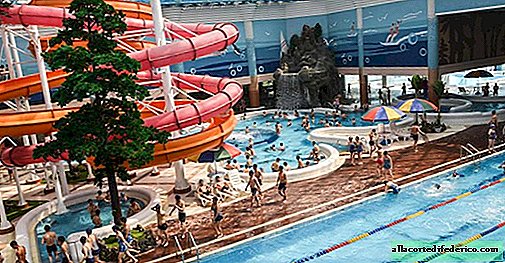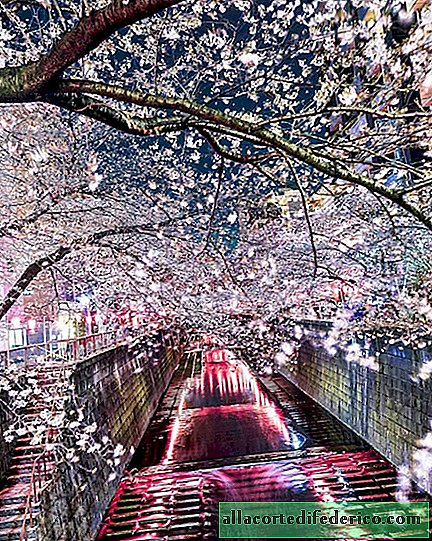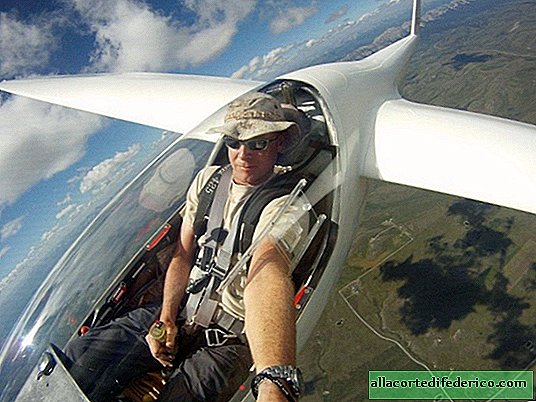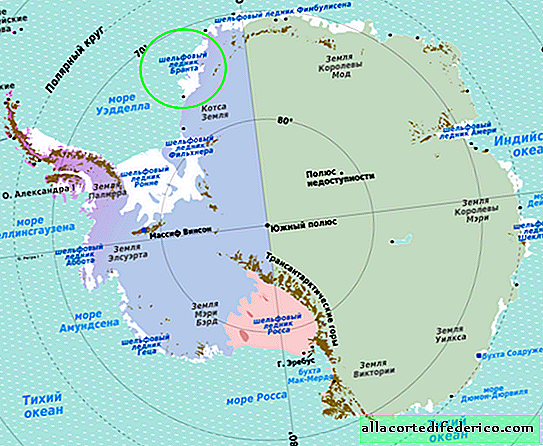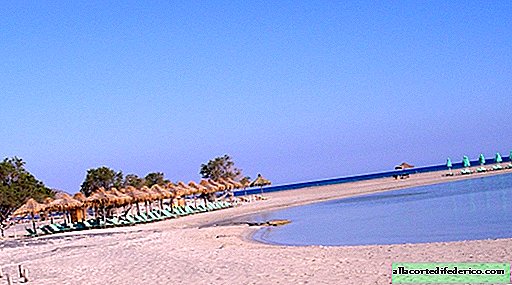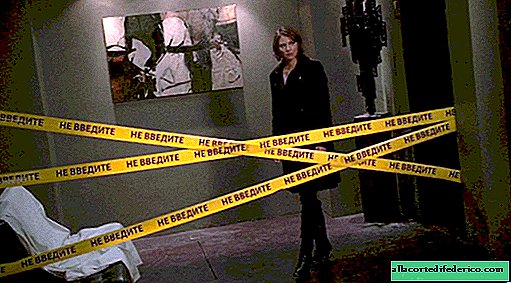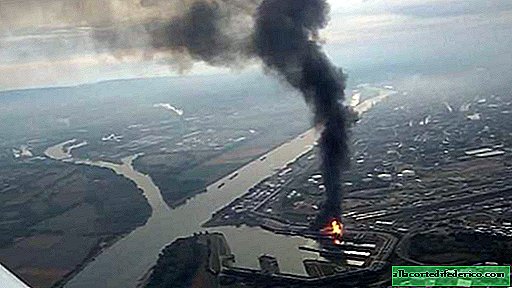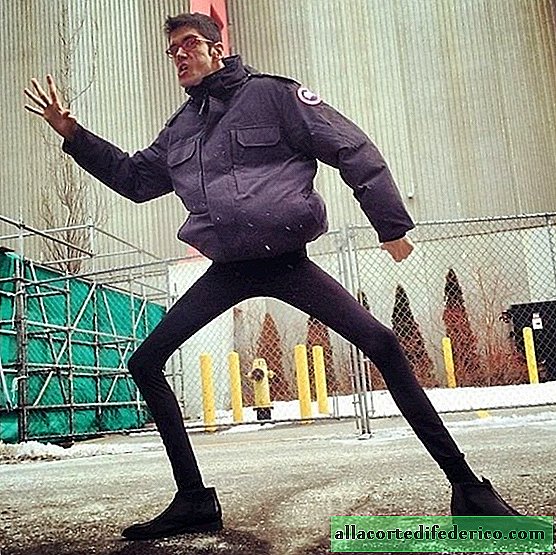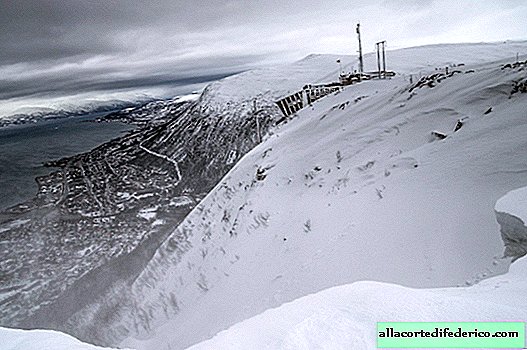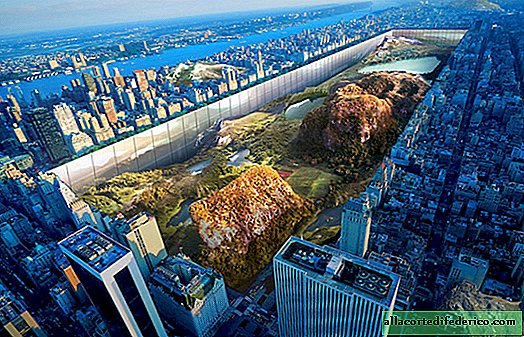Desert airport
Dubai Airport, UAE.
The largest airport in the Middle East and one of the largest transport hubs in the world. Reporting on the deserted past and the incredible present of Dubai Airport.
Of the large airports, I was absolutely not impressed by Heathrow and Frankfurt - both seemed to me a sort of set of corridors and crossings converging into each other. I did not like the New York JFK - many different terminals. But in my top the airports of Kuala Lumpur and Jakarta.
I really liked Dubai Airport!
But for starters, a little history: 50 years ago there was a desert ...
The construction of the airport began by the British company Costain Group in 1959 by order of the ruler of Dubai, Sheikh Rashid. The airport officially opened in 1960 and included a small passenger terminal, three aircraft parking areas and a 1800 meter long runway on compacted sand, capable of receiving aircraft the size of a Douglas DC-3.
By 1969, the airport served flights of nine airlines in more than twenty destinations.
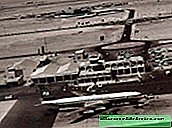
In May 1963, construction began on a 2804-meter long asphalt runway, which was commissioned in May 1965 along with the second passenger terminal building, hangars and new navigation equipment.
The opening ceremony of the new runway took place on May 15, 1965 and was marked by the arrival at the airport of the first large jet liners De Havilland Comet of airlines Middle East Airlines and Kuwait Airways. The runway lighting system was commissioned in August 1965.
The advent of wide-body jet aircraft in civil aviation in the 1970s required further construction of the airport complex. At that time, a new three-story passenger terminal building with an area of 13,400 square meters, taxiways for wide-body liners and a new 28-meter tower of the air traffic control tower were put into operation.

During the 1980s, Dubai Airport was used by Air India, Cathay Pacific, Singapore Airlines, Malaysia Airlines and others as a transit refueling airport for flights between Asia and Europe. With the introduction of the Airbus A340, Boeing 747-400 and Boeing 777 long-haul airliners on these routes, the need for an intermediate stop for refueling aircraft disappeared.
But the city was changing rapidly, positioning itself as the center of the Middle East, and in the future, quite possibly, the center of the world:
This is what the central office street of Dubai looked like - Sheikh Rashid highway just some 15-20 years ago, photo of the 90s:

And here is what this prospectus looks like in 2011:

The second stage of the plan for investment volume was estimated at 4.5 billion US dollars and included the construction of a new passenger terminal building. Construction work began in 2002, in May 2008, the Terminal 3 and Concourse 2 buildings were commissioned, which allowed increasing the maximum airport capacity from 33 to 60 million passengers a year.
Dubai Airport today:
Dubai International Airport has a maximum throughput of 60 million passengers and 2.1 million tons of cargo per year, the construction of the airport cost about $ 5.5 billion. By 2001, the airport expansion program was completed, after which the airport complex began to include three terminals with three passenger sectors, two large cargo terminals, an exhibition center of three large halls, a center for the repair and maintenance of aircraft and other premises for service divisions and services transportation.
In numbers:
- 6,000 weekly flights
- 130 airlines
- more than 220 destinations to all continents
- 47 million passengers in 2010 (13th place in the world in passenger traffic)
- 2 parallel runways with a length of 4000 m and a width of 60 m each. Both runways expanded to accept Airbus A380 aircraft.
Terminal 1 (Sheikh Rashid Terminal).
Terminal 1 named after Sheikh Rashid initially had a maximum throughput of 21 million passengers a year, but with an increase in the overall load on the airport, it was subsequently geographically expanded by 29 new gates, while the throughput increased to 30 million passengers a year. Terminal 1 serves 125 airlines and contains 221 check-in desks, 40 passport control desks and 14 baggage carousels.



It seemed to me very sloppy, too much tasteless golden glitter, golden palm trees, etc.
Terminal 2
The building of Terminal 2 was commissioned in 1998. Terminal 2 serves mainly flights of small airlines in the Gulf countries, most of which operate in Iran, Pakistan and Afghanistan. Terminal 2 is currently operating at almost maximum load and is the base for the low-cost airline Flydubai.
Terminal 3
Terminal 3 was opened in 2008, has two concourses - Concourse 2 and Concourse 3.
Concourse 2
Concourse 2 is directly connected to Terminal 1 via a 950-meter high crossing system and is used exclusively to serve Emirates Airline passengers. The arrival and departure areas of passengers are located at several levels and include 32 telescopic traps with numbers 201-232, five of which are certified for receiving Airbus A380 aircraft.
Indeed, now Emirates has 15 such aircraft, and another 75 have been ordered, which will make the carrier the largest operator of this type of aircraft.
Departure Density:

In the building of the Terminal there is a hotel with 300 seats with five- and four-star rooms, as well as fitness centers.
Outside:

Inside, this terminal looks much more modern and more stylish than Terminal 1:




Free strollers for Emirates passengers with children:

To move between the terminals, electric cars are also used:

Footpath:

Almost all cafes and restaurants are quite European :)

Globalization in action:


And imagine - swim in the pool and hot tub during a long dock. G-Force fitness centers are located in the middle of Terminal 1 and 3 and are part of the hotel. Their services can be used not only by hotel guests. 1 hour of the pool and other water pleasures costs $ 12, 4.5 hours 45 $. So do not forget to bring swimming trunks and swimwear! :)



